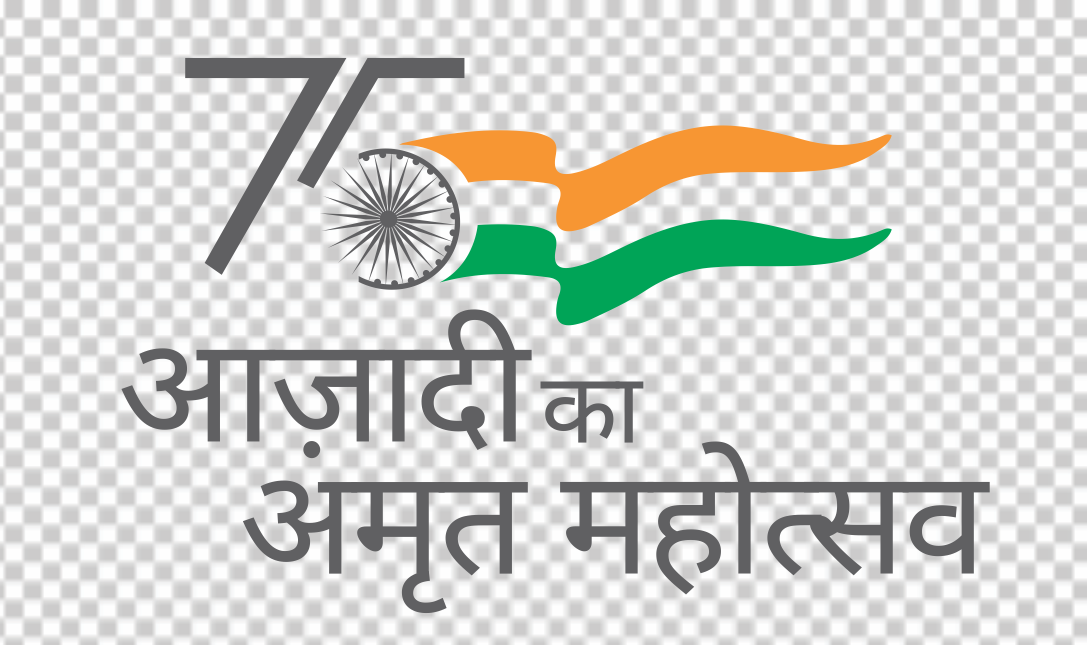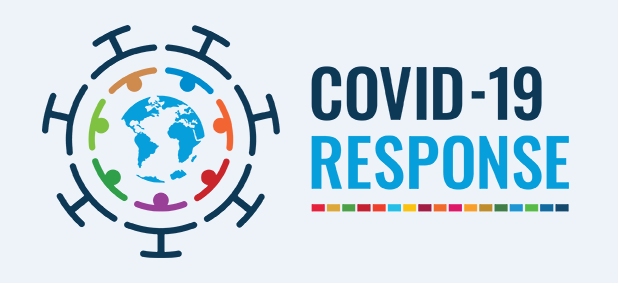Swadeshi would remain rhetoric,
unless India strives for Competitiveness
Swadeshi would remain rhetoric,
unless India strives for Competitiveness
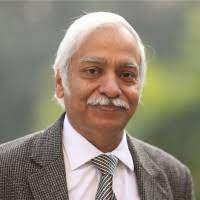
Prof. Rakesh Mohan Joshi
Director, Indian Institute of Plantation Management, Bangalore
Professor, Indian Institute of Foreign Trade, New Delhi
IISD's invited Distinguished Guest Blog
Prime Minister Narendra Modi's recent slogan of Atmanirbhar Bharat reminds us of Mahatma Gandhi's doctrine of 'swavalmbi' or self-reliance, who in his formative years, highly influenced by Leo Tolstoy named his farm, 22 miles away from Johannesburg in South Africa, 'Tolstoy Farm' and practiced the principles of simplicity and self-reliance. Countries' inward orientations or the practice of self-reliance has a direct contradiction to fundamental economic trade theories of absolute advantage, comparative advantage or factor endowment that relies on improving overall efficiency. However, Mercantilism in its new avatar, called 'Neo-Mercantilism' so as to have a positive trade balance is practiced by most nations even today.
Since independence, beginning from Nehruvian era, India's trade strategy had largely been inclined towards import substitution rather than export promotion. India followed a strong inward oriented policy to preserve its foreign exchange. The prime objective of India's industrialization revolved around the fundamental objective of import, substitution with an objective to become Self-reliant. The Policy Makers of India long believed that this would make India, the world's leading exporter with comfortable balance of trade.
Soon after independence, in 1948, India's share in world trade was 2.2 per cent that declined to 0.5 per cent by 1970 and hovered around 0.5 per cent till 1991 with India's inward-looking import substitution strategy. This implies that India adopted a Swadeshi Strategy focused on countries self-reliance. Citizens in India were discouraged to buy imported goods either by means of imposing exorbitantly high import tariffs or even by outright import prohibitions. As a result, Indian consumers had little choice but to domestically buy quality products at competitive prices unlike customers in other parts of world. Such restrictions were primarily responsible for making smuggling extremely attractive to the extent that markets like Palika Bazar in Delhi, Crawford Market in Mumbai, Chor Markets, or similar types, not only emerged across major Indian metro-cities but also thrived at the expense of legitimate marketplaces. Customers are simply unconcerned whether the products available in the markets are domestically produced or imported; smuggled or available through legitimate marketing channels, as far as she/he gets value for money. Moreover, a considerable segment of Indian customers patronised such parallel sales outlets, knowing very well their illegitimacy. Smuggling was hardly frown-upon in the Indian society, rather became a sought-after theme of Bollywood movies primarily due to its potential to mint money overnight. Moreover, it also gave rise to a spurt in counterfeit products of all sorts including consumer electronics, fashion, critical lifesaving medicines, etc. Such widespread market practices, a mix of smuggling, counterfeit goods and grey markets, despite being illegitimate, became highly sought after shopping destinations for common citizens so as to vent their aspirations for imported quality products giving rise to all sorts of corrupt practices and crimes alike. Interestingly, China's share in world exports from merely 0.9 percent in 1948 remarkably grew to 13.3 percent by 2019.
Imported goods especially the Chinese ones at much lower prices make the products affordable for masses with lower end of the income and raise their living standards. This is also true for imported industrial inputs at relatively much lower price that make the manufacturing output much more competitive in the marketplaces.
To a customer, the fundamental decision-making factors involve the price of the product, its quality,both physical and perceived, as enhanced by its brand. To the low-end customer, it is the price and value for money as fulfilled by unbranded Chinese goods that turn out to be bumper sales even at festivals like Holi, Diwali, Pooja, Ganesh, etc, without any high end advertising or market promotions as the product gets penetrated merely by their value for money. No amount of social media campaigns, asking customers by national governments around the world deterred the flow of Chinese goods in any part of the world. As a result, China became the largest exporter of the world with over 13.3 percent share in the world market compared to8.8 per cent by the US and 1.7 percent by India.
China is the largest exporter to India, despite all the swadeshi rhetoric, with a share of 14.2 percent in India's imports and a trade deficit of over $51 billion, much higher than India's trade deficit with any other country. Moreover, China's trade deficit is a matter of serious concern for most countries of the world including the US that have a trade deficit of about $300 billion with China alone.
In spite of a host of policy measures taken by the governments, irrespective of their political ideologies, the India's exports hovered around $300 billion and the share of 1.7 percent in theworld exports for the past 10 years explicitly revealing the hollowness of efficacy of the policy measures taken by various governments in power from time to time. However, China's exports rose rapidly from $1.4 trillion to $2.5 trillion between 2011 and 2019 and its share grew from 10.5 per cent to 13.3 per cent in the world exports. This calls for introspection in India's export promotion strategy.
Systemic inefficiencies of India's infrastructure,logistics and supply chains and corrupt practices put considerable burden on achieving cost efficiencies for businesses operating in India leading to low productivity and increased cost of production. India slipped in its global competitiveness as empirically assessed by the widely accepted worldwide comprehensive measure, Global Competitiveness Index (GCI) comprising a Country's institutions, infrastructure, adoption of information and communication technology, macro economicst ability, product market, labour market, financial system, market size, health, skills, business dynamism and innovation capability by World Economic Forum from 48th rank in 2007 to 68th rank in 2019. The Modi Government's gains in improving India's competitiveness from its 71st rank in 2014 to 39th Rank in 2016, witnessed a rapid erosion in subsequent years as it slipped to 68th rank in 2019, primarily due to much faster improvement by other Countries. Interestingly, during the same period China's Global Competitiveness Ranking, jumped from 34th Rank to 28th Rank. Economically much smaller Countries, such as Azerbaijan and Vietnam improved their competitiveness by 11 and 10 Ranks respectively, during the previous year whereas India lost it competitiveness by 10 Ranks.
Prevalence of widespread corrupt practices had long been a formidable barrier for achieving efficiency in every sphere of human life and businesses to operate on the Indian soil. Despite high decibel propaganda by several political parties, head ways made in curbing corruption remains very limited, as evident by marginal improvement from India's ranking on Corruption Perception Index the only empirical cross-country benchmark measure published by Transparency International, improved from 85th Rank in 2014 to 76th Rank in 2015 but slipped in subsequent years to 80th Rank in 2019.
India needs to focus on achieving efficiency and competitiveness at all levels, including production or sourcing of inputs at competitive prices, identifying and removing bottlenecks of India's logistics infrastructure and making it competitive to international bench marking, strategic focus on ground-level issues for the farmers, industry and markets, alike so that the procedural bottlenecks and harassment by enforcing officials could be minimised. Unless the consumers have alternatives of domestically produced products available at competitive prices and comparable quality, the talks to use the locally produced products and its widespread proliferation on social media would remain a mere rhetoric.
___________________________
Prof. Rakesh Mohan Joshi is the Director, Indian Institute of Plantation Management (IIPM) at Bangalore and Professor, Indian Institute of Foreign Trade (IIFT) at New Delhi. This is an IISD's invited Distinguished Guest Blog.
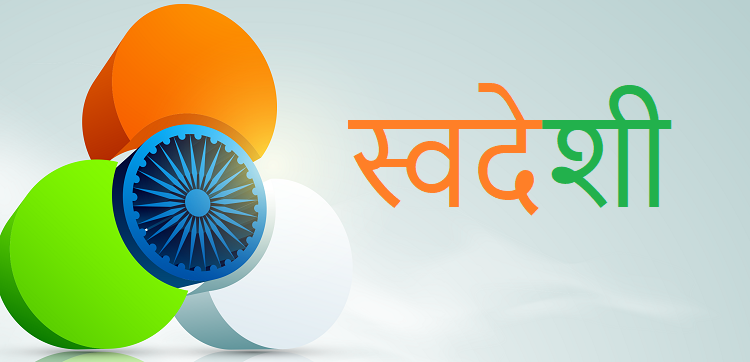

Tolstoy Farm
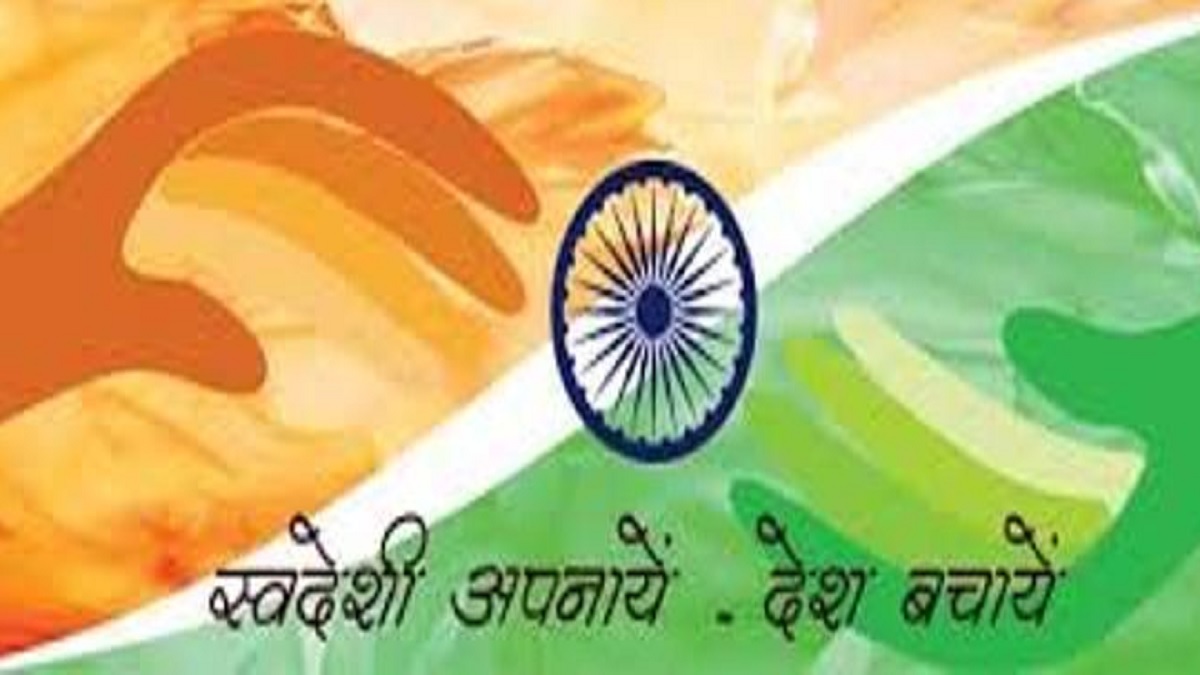
Swadeshi Strategy
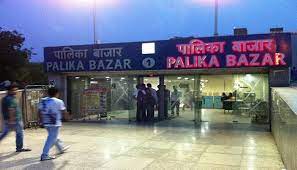
Palika Bazar in Delhi
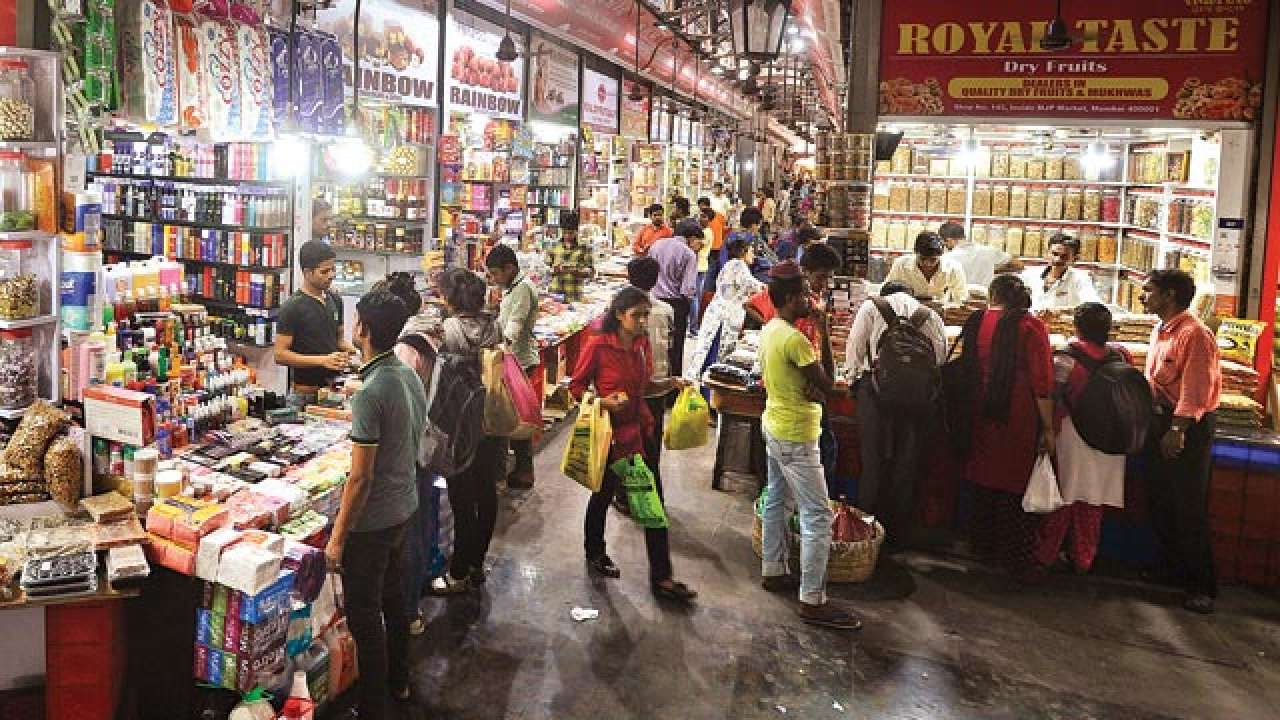
Crawford Market in Mumbai
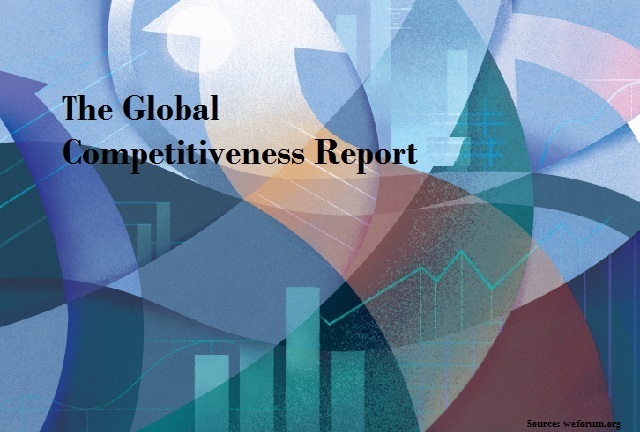
Global Competitiveness Index (GCI)
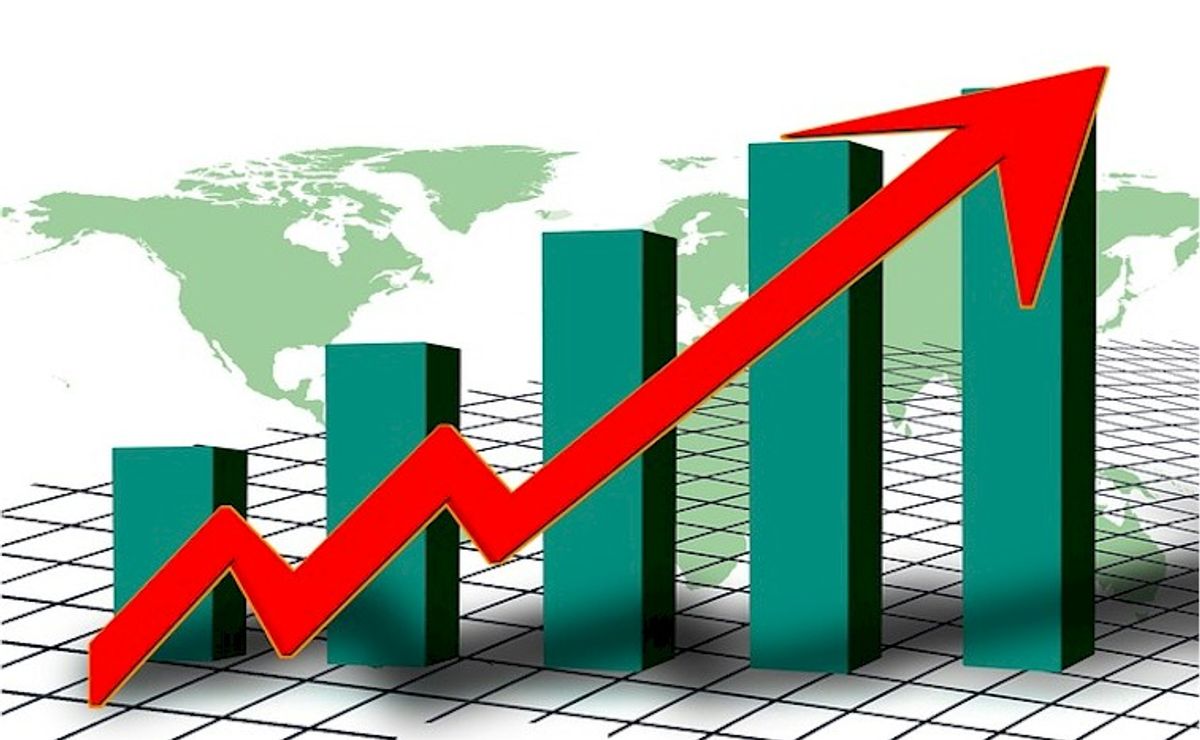
Global Competitiveness Ranking (GCR)
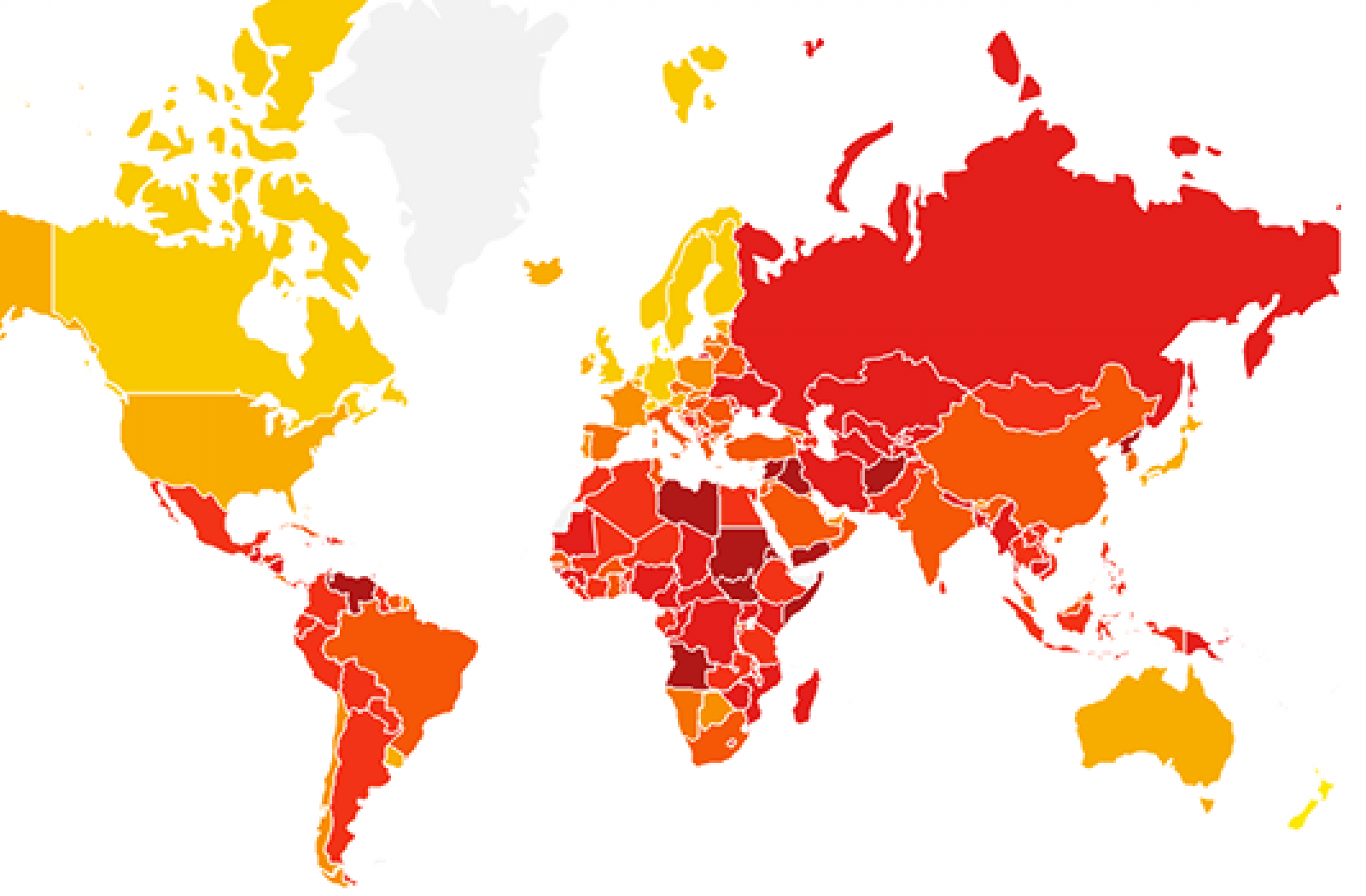
Corruption Perception Index (CPI)
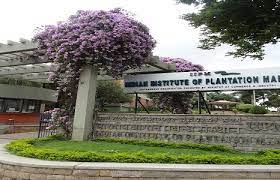
Indian Institute of Plantation Management (IIPM)
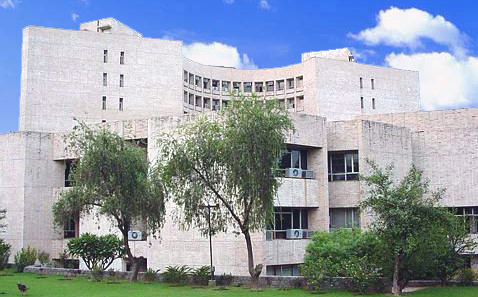
Indian Institute of Foreign Trade (IIFT)
